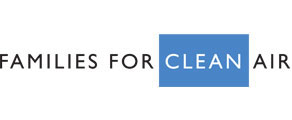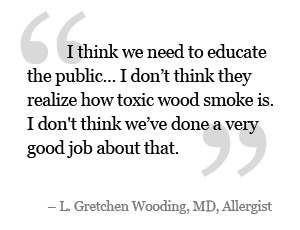Summer’s Almost Here: Enjoy the Beach and the Fresh Ocean Air
Even in chilly Northern California, summer means trips to the beach. And for many people, a cool evening at the beach means a bonfire. A recent New York Times article, “36 hours in San Francisco” listed “Beach Bonfire” as one of the ‘things to do’ when you visit. We at Families for Clean Air suggest that this year you enjoy the beach—and the fresh beach air—without wood smoke pollution.
Bonfires are a mixed pleasure. Capricious gusts mean that everyone, no matter what their position, is ‘downwind’ part of the time. So along with the sparkling flames, you get the occasional (or even frequent) lungful of smoke. This is not only unpleasant, but also hazardous to your health.
Would the beach experience be as enjoyable without the bonfire? We at FCA think so. Here are some things we like to have with us at the beach:
- Blankets. The beach is cold at night!
- A guitar. Whether you play, sing, or listen, music on the beach is magical.
- Binoculars. Telescopes can be complicated, but anyone can use a decent pair of binoculars to bring the night sky closer. Plus, binoculars are easy to carry. You may be surprised at the details you can see on the moon with the binoculars currently gathering dust in the hall closet.
- The Star Walk app. For you techies who admire the skies but don’t know your stars and planets, this iPhone app helps you identify what you are looking at.
- A lantern. Lanterns, either battery- or gas-powered, provide a focal point and a bit of light if you’re not stargazing. Plus, no (or little) smoke.
So wrap up and enjoy the sound of the pounding waves. Take a deep breath and savor the scent of the ocean. Look up and enjoy the night sky. Happy (almost) summer from Families for Clean Air.





